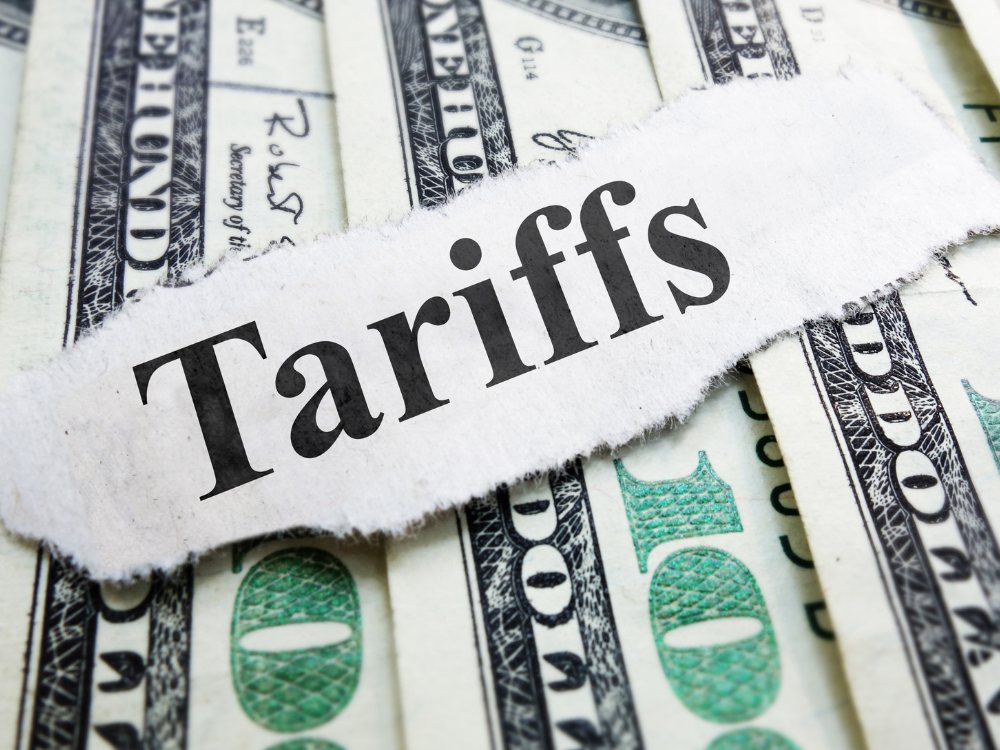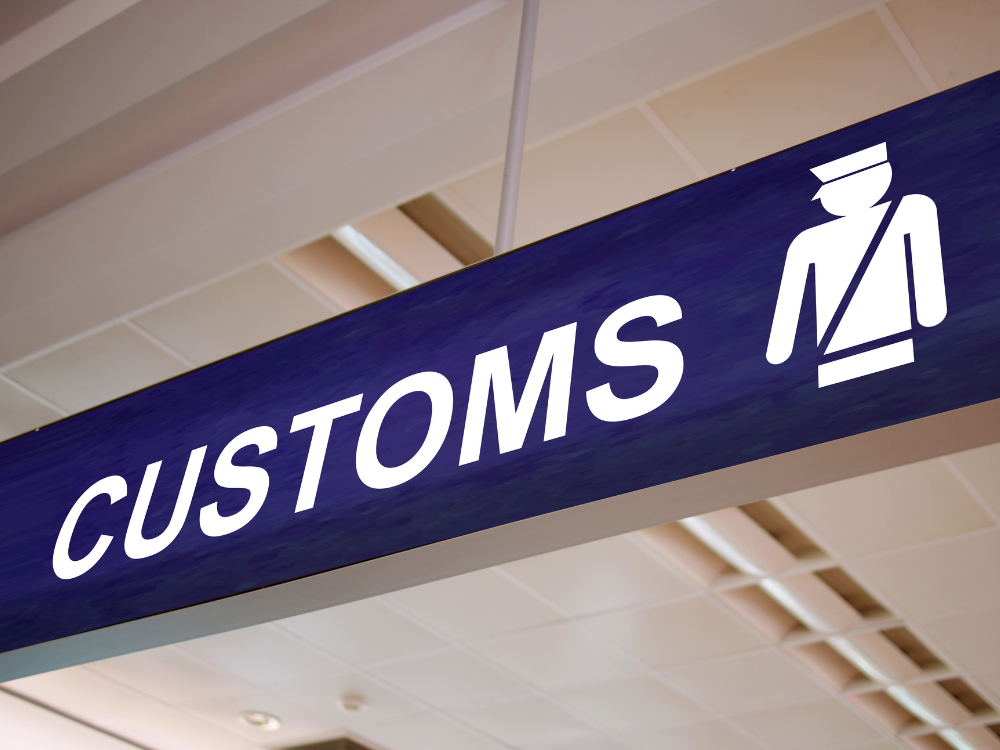2025.07.02
How to Calculate Delivery Cost

Your products have been well received in the market, and you have successfully carved out a niche for yourself. You would like to expand your business, and online sales seem like the best way to go forward. But how will you deliver your products, and what should you consider when calculating shipping costs?
With so many shipping options available, it can be difficult to estimate delivery cost accurately. An international courier identifies six key factors to consider when calculating delivery cost so that you can avoid unpleasant surprises.
Factors that affect delivery costs
Companies that intend to ship products nationally or internationally need to understand the key factors that determine shipping prices.
On the business side, to estimate shipping costs you first need to estimate the average cost of a shipment using the following formula:
Average shipment cost = packaging cost + transport cost + cost of cargo insurance + returns rate + cost of preparing the order.
To set a delivery price, you must also examine costs related to transportation, storage, handling and customs fees, as well as company financial goals and customer preferences. Setting an appropriate price requires careful consideration and planning.
1. Package size and weight
Package weight and size are key factors in calculating delivery cost. Different carriers offer different rates depending on the volume and weight of packages.
The heavier and larger the package, the more work for the carrier to transport it, leading to additional costs. This is an important point if you intend to rely on an artwork shipping service.
2. Distance
Distance is another important factor, especially if you are using road transportation. The greater the distance, the higher the cost of delivery. Choose a carrier that offers competitive rates for long distances.
3. Mode of transport
The mode of transport can also impact the cost of delivery.
For example, a road carrier calculates delivery price based on the weight and size of package(s), but also on the cost per kilometre, the price of fuel and number of days the delivery will take.
Similarly, for a courier service, cost will depend on the quantity of goods, the delivery time and the recipient’s location. A delivery company must adapt the means of transport and the delivery staff accordingly. Extra charges might be added for special requests.
Taking all this into consideration will help you choose the mode of transportation that best suits your needs.
4. Type of delivery
Weight and size are the major factors in determining how goods will be transported and in what type of truck. However, offering multiple types of delivery will also affect how you calculate delivery cost.
For example, an e-commerce business might offer their customers several options for delivery:
- Standard delivery
- Same day delivery
- Relay point delivery
- Home or in-store delivery.
Each option has its advantages and disadvantages related to cost, speed, flexibility and customer convenience. E-commerce companies need to be aware of their different delivery options and choose only those that best suit their business and customers.
5. Carrier rates and management costs
Carrier rates vary greatly depending on which services they offer and where they deliver to. Comparing prices will help you choose the right carrier for your business.
Remember that there are management costs associated with delivery, such fees for processing orders or returns.
As a seller, your delivery prices may also reflect the value of the order. It may be a good idea offer free shipping on orders of a certain size, to encourage customers to order larger quantities.
6. Customs duties
If you are shipping abroad, remember to calculate customs duties. These fees vary depending on the country you are shipping to and what is being shipped. To avoid delays or refusals at customs, make sure you have filled out and included any necessary customs forms.
Calculating international shipping costs
Companies that operate internationally need to ship internationally. There are many factors that influence international delivery costs:
- Manufacturing costs
- Fuel costs: Somecosts, like the price of fuel, are difficult to predict. The price of fuel changes constantly, and carriers may be obliged to pass some additional costs to their customers.
- Taxes and customs duties: Countries may choose to apply customs duties either to protect their own economies or as a response to illegal practices. To avoid tariff barriers, companies may seek out alternative foreign suppliers.
- Security measures: Strict port security in some countries can lead to delivery delays or additional security-related costs.
- Logistics and cargo handling costs.
Companies and marketplaces can better anticipate shipping cost fluctuations by understanding which factors influence them.
Globex is with you every step of the way!
Although calculating delivery costs may involve many elements, companies can minimize shipping costs by remembering to consider key factors. Globex courier can calculate shipping costs for you to make your freight transport planning process simpler. As experts in road transportation, our Quebec-based company can help you at every step of the delivery process.
Looking for reliable and efficient shipping services in Canada and internationally? Contact Globex today to learn more about our services, and to calculate your delivery costs using our competitive rates.


